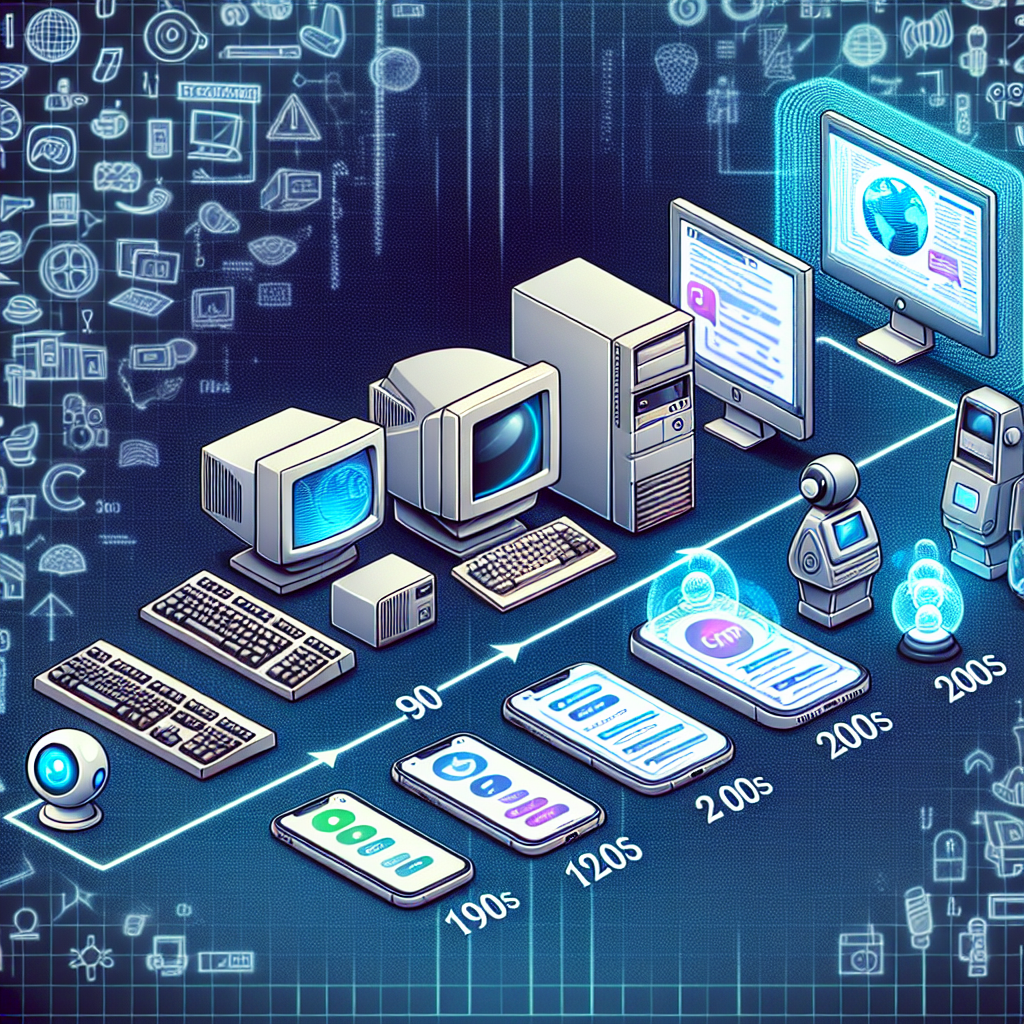The Evolution of Virtual Agents: Conversational AI in Action
In recent years, the world of artificial intelligence has seen significant advancements, particularly in the field of conversational AI. Virtual agents, also known as chatbots or virtual assistants, have become increasingly prevalent in our daily lives, serving as the interface between humans and machines in a variety of applications. From customer service and support to healthcare and education, virtual agents are reshaping the way we interact with technology.
The evolution of virtual agents can be traced back to the early days of artificial intelligence research. In the 1960s, researchers began experimenting with natural language processing and machine learning techniques to create programs capable of engaging in conversations with humans. These early virtual agents were limited in their capabilities and often struggled to understand and respond to complex queries.
However, as computing power increased and AI algorithms improved, virtual agents became more sophisticated and capable of handling a wider range of tasks. Today, virtual agents are used in a wide variety of applications, from simple chatbots that provide basic customer service to advanced virtual assistants that can book appointments, make reservations, and even carry on natural conversations with users.
One of the key developments in the evolution of virtual agents has been the integration of natural language processing (NLP) and machine learning algorithms. NLP enables virtual agents to understand and interpret human language, allowing them to respond to queries in a more natural and conversational manner. Machine learning algorithms, on the other hand, enable virtual agents to learn from their interactions with users and improve over time.
Another important development in the field of conversational AI has been the integration of voice recognition technology. Virtual agents can now understand and respond to spoken language, allowing for more seamless and intuitive interactions between humans and machines. This has opened up new possibilities for virtual agents in a wide range of applications, from smart home devices to virtual assistants in cars.
In addition to advancements in technology, the widespread adoption of virtual agents can also be attributed to the growing demand for personalized and efficient customer service. Virtual agents are available 24/7, can handle multiple inquiries simultaneously, and provide consistent and accurate responses to user queries. This has led to increased customer satisfaction and reduced costs for businesses that deploy virtual agents in their customer service operations.
Virtual agents are also being used in healthcare, education, and other fields to provide personalized support and assistance to users. In healthcare, virtual agents can help patients schedule appointments, access medical information, and even provide basic medical advice. In education, virtual agents can assist students with coursework, provide tutoring services, and offer personalized learning experiences.
Despite the many benefits of virtual agents, there are still challenges to be overcome. One of the biggest challenges is ensuring that virtual agents are able to understand and respond to a wide range of queries in a timely and accurate manner. This requires ongoing training and optimization of AI algorithms to improve the performance of virtual agents over time.
Another challenge is ensuring the security and privacy of user data when interacting with virtual agents. Users may be hesitant to share sensitive information with virtual agents, especially if they are unsure how their data will be used and protected. It is important for businesses to implement robust security measures and transparent data policies to build trust with users.
Overall, the evolution of virtual agents has been driven by advancements in technology, increased demand for personalized customer service, and the growing acceptance of AI in our daily lives. Virtual agents are now an integral part of many industries, providing efficient and effective support to users in a wide range of applications.
FAQs:
Q: How do virtual agents work?
A: Virtual agents use natural language processing and machine learning algorithms to understand and respond to user queries. They can be programmed to handle specific tasks or learn from their interactions with users to improve their performance over time.
Q: What are the benefits of using virtual agents?
A: Virtual agents can provide 24/7 support, handle multiple inquiries simultaneously, and offer personalized and efficient customer service. They can help businesses reduce costs, improve customer satisfaction, and streamline their operations.
Q: Are virtual agents secure?
A: Virtual agents must adhere to strict security measures to protect user data and ensure privacy. Businesses should implement robust security protocols and transparent data policies to build trust with users.
Q: What industries are using virtual agents?
A: Virtual agents are used in a wide range of industries, including customer service, healthcare, education, and finance. They are used to provide personalized support and assistance to users in a variety of applications.
Q: What is the future of virtual agents?
A: The future of virtual agents is bright, with continued advancements in technology and increased adoption in various industries. Virtual agents will become even more sophisticated and capable of handling complex tasks, providing users with seamless and intuitive interactions.

